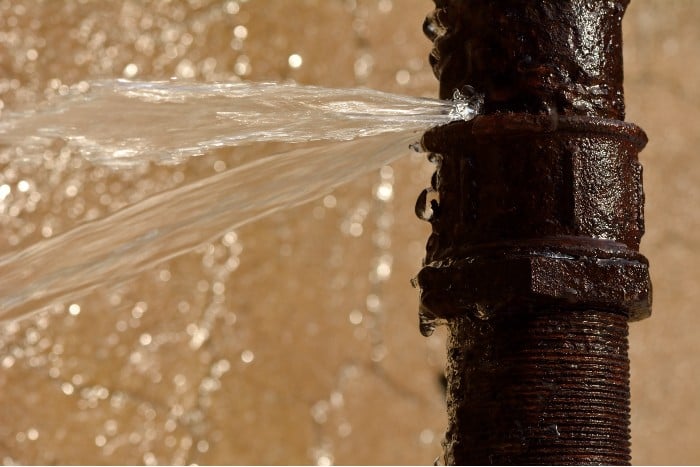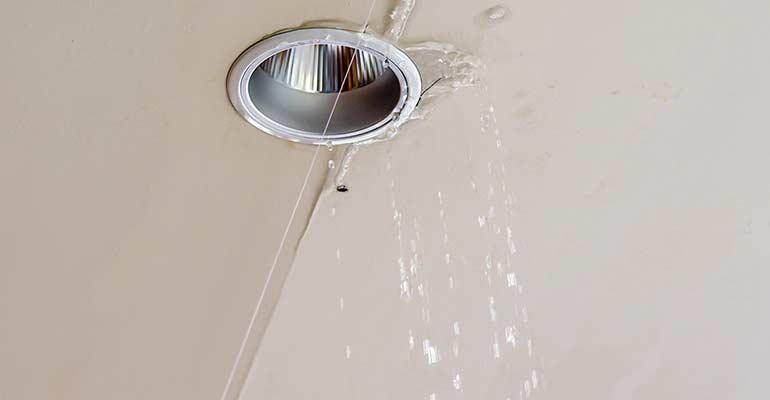Identifying the Primary Causes for Drips in Your Home
Identifying the Primary Causes for Drips in Your Home
Blog Article
We have found this post on How to detect water leaks in your home down the page on the internet and believe it made sense to share it with you here.

Leakages not just create waste of water however can additionally create unneeded damage to your home as well as advertise unwanted natural development. Unfortunately, water leakages might go undetected because most of the pipework in our house is concealed. By recognizing and also looking for daily situations that trigger leakages, you can protect your residence from future leaks as well as unnecessary damages. Today, we will look at six leak causes that may be causing your pipelines to trickle.
Immediate temperature level adjustments.
Severe temperature level modifications in our pipes can create them to increase and also acquire all of a sudden. This growth as well as tightening may cause splits in the pipes, especially if the temperature level are below freezing. If you kept an eye on exactly how your plumbing functions, it would be best. The existence of the formerly pointed out scenarios often indicates a high danger.
Corroded water supply
As time goes by, your plumbing system ages as well as deterioration such as rust may start gnawing the pipes. This could be the reason for staining or bending on your water pipes. This calls for an inspection with your plumber promptly. If our plumbing system is old, take into consideration changing the pipelines considering that they go to a higher risk of rust than the more recent designs.
Defective Pipe Joints
Pipe joints can wear away over time, resulting in water leakages. If you have loud pipes that make ticking or banging noises, specifically when the hot water is turned on, your pipeline joints are possibly under a great deal of pressure.
Encroaching origins
Many water leaks begin outside the house as opposed to inside it. If you see an abrupt reduction in water stress, say in your faucet, require time to head out and analyze your yard. You might see damp patches or sinkholes in your lawn, which might indicate that tree roots are invading water lines causing water to leak out. You can have your plumber check for invasion, particularly if you have trees or hedges near your residential property.
Poor Water Connectors
At times, a leak can be triggered by loose hoses and also pipelines that supply your appliances. In instance of a water links leakage, you might see water running directly from the supply line or pools around your appliances.
Blocked Drains
Clogged drains pipes could be frustrating as well as inconveniencing, but they can in some cases wind up triggering an overflow bring about break pipelines. Keep removing any kind of products that may drop your drains pipes that might clog them to avoid such aggravations.
All the above are sources of leakages however not all water leakages result from plumbing leaks; some leaks could originate from roof covering leakages. All leaks should be fixed immediately to stay clear of water damage.
Leaks not just create waste of water however can also cause unnecessary damages to your house and also advertise unwanted natural development. By looking and comprehending for day-to-day situations that trigger leakages, you can safeguard your residence from future leaks and unnecessary damages. Today, we will certainly look at 6 leak creates that may be causing your pipes to trickle.
At times, a leakage can be created by loose hose pipes as well as pipelines that provide your home appliances. In instance of a water links leak, you may observe water running straight from the supply line or pools around your devices.
How To Check For Water Leak In Your Home
How To Check for Leaks
The average household's leaks can account for nearly 10,000 gallons of water wasted every year and ten percent of homes have leaks that waste 90 gallons or more per day. Common types of leaks found in the home are worn toilet flappers, dripping faucets, and other leaking valves. These types of leaks are often easy to fix, requiring only a few tools and hardware that can pay for themselves in water savings. Fixing easily corrected household water leaks can save homeowners about 10 percent on their water bills.
To check for leaks in your home, you first need to determine whether you're wasting water and then identify the source of the leak. Here are some tips for finding leaks:
Take a look at your water usage during a colder month, such as January or February. If a family of four exceeds 12,000 gallons per month, there are serious leaks.
Check your water meter before and after a two-hour period when no water is being used. If the meter changes at all, you probably have a leak.
Identify toilet leaks by placing a drop of food coloring in the toilet tank. If any color shows up in the bowl after 10 minutes, you have a leak. (Be sure to flush immediately after the experiment to avoid staining the tank.)
Examine faucet gaskets and pipe fittings for any water on the outside of the pipe to check for surface leaks.
Undetected water leaks can happen without the home or business owner even realizing. If you suspect a water leak, but not able to find the source. It is time to contact a professional water leak detection service, The Leak Doctor.
How To Find a Water Leak In Your Home
https://www.leakdoctor.com/blog/How-To-Check-For-Water-Leak-In-Your-Home_AE197.html

I found that blog post about How to detect water leaks in your home when doing a search on the search engines. For those who enjoyed reading our post please don't forget to pass it around. Thanks for your time. Don't forget to visit our blog back soon.
Avoid disaster, Call us! Report this page